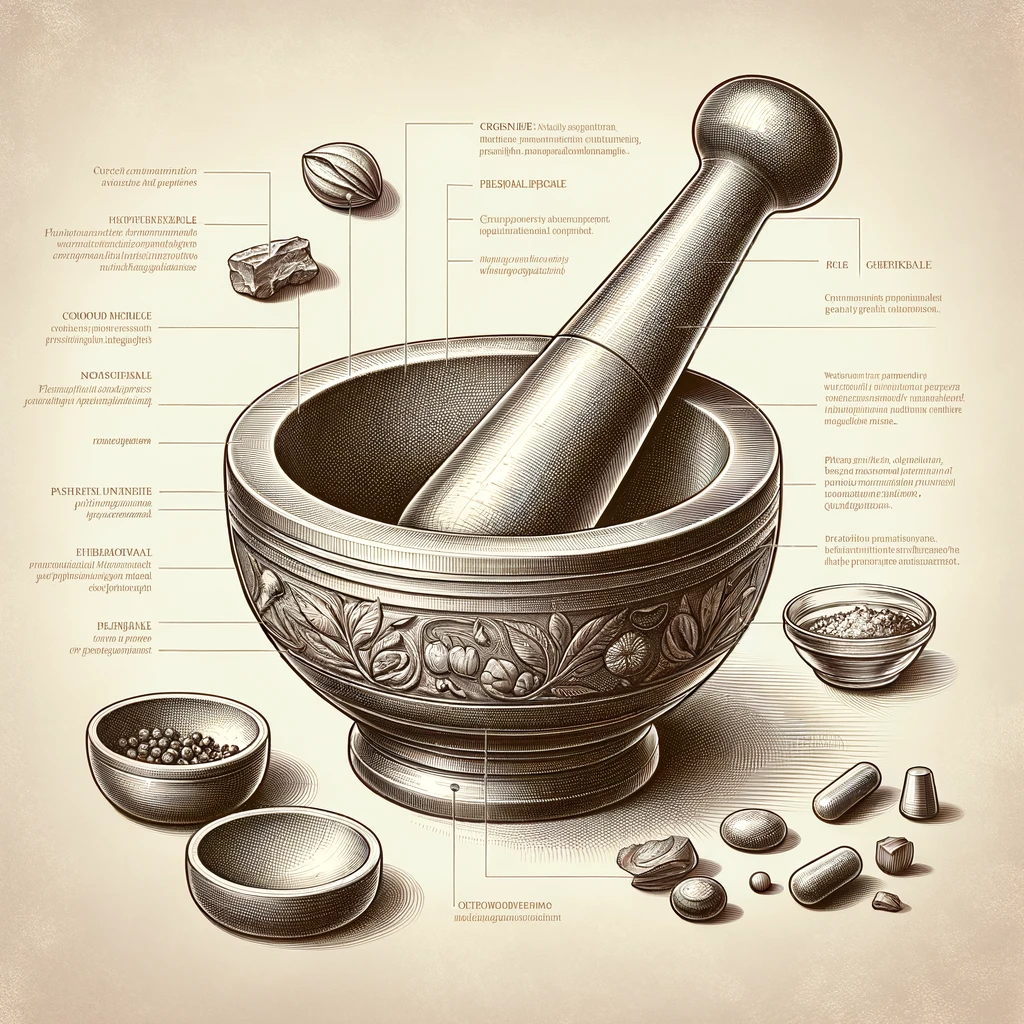The Alchemist of Aromas
In a city celebrated for its vibrant food scene, nestled between the buzz of market stalls and the quiet of hidden courtyards, Marco, a chef known for his culinary wizardry, worked his magic. His dishes were more than just meals; they were memories made tangible, each flavor a brushstroke on the canvas of the diner’s palate. Marco believed in the transformative power of food, how a single bite could transport you, evoke the deepest of emotions, and awaken long-forgotten moments.
Adjacent to Marco’s kitchen, in a space where the air was thick with the scent of earth and fire, was Lena, a potter whose hands coaxed stories from clay. Her creations, each a testament to the material’s journey from the ground to the kiln, held within them the whispers of the earth’s deep history. Lena saw her work as a dialogue with the past, a way to ground the present in the enduring narratives of nature and time.
Their paths converged when Marco, in search of plates that could match the depth and complexity of his dishes, wandered into Lena’s studio. The moment he laid eyes on her pottery, he knew he had found what he was looking for. Each piece was a work of art, capable of elevating his food into an experience that touched not just the taste buds but the soul.
As they collaborated, their studio became a crucible for creativity, where the boundaries between food and pottery blurred. Marco crafted dishes inspired by the rustic elegance of Lena’s pottery, while Lena found new inspiration in the colors, textures, and aromas of Marco’s kitchen. Together, they created experiences that fed both body and soul, their shared studio a testament to the alchemy of their crafts.
One evening, as they put the finishing touches on a collaborative dinner event, Marco turned to Lena, his eyes alight with the fire of creation. “Do you realize what we’ve done?” he asked, gesturing to the array of dishes and pottery that filled the room. “We’ve created something that’s more than just food on a plate. It’s a story, a journey.”
Lena, her hands still dusted with clay, smiled. “We’ve blended our passions, our crafts. And in doing so, we’ve discovered something rare—a harmony that transcends the materials we work with.”
Marco stepped closer, drawn by the intensity of her words. “It’s like we’re alchemists,” he said softly, “transforming the ordinary into something extraordinary. Lena, with you, I’ve found a partnership that goes beyond the kitchen or the kiln. It’s as if our very souls are in sync.”
Lena looked up, her heart beating a rhythm that matched Marco’s words. “Marco, I feel it too. It’s as though our crafts were just a prelude to something deeper, something more profound. This… us… it’s the most exquisite alchemy of all.”
In the glow of the setting sun, their studio a tableau of their combined efforts, Marco and Lena found themselves at the threshold of a new discovery. Not just the fusion of food and pottery, but the realization that love, in its purest form, is the ultimate alchemy. Together, they had created a space where passions intersected, where the mundane was transformed into the magical, teaching them that the most enduring creations are those born from the heart.
“Grinding away the rough edges of life with the mortar and pestle of our love, we’ve discovered the perfect recipe for happiness.”

This illustration provides a detailed view of a mortar and pestle, emphasizing its traditional design and usage for grinding and mixing ingredients. Key features like the bowl-shaped mortar and the pestle with its rounded, blunt end are highlighted, along with the types of materials commonly used for its construction, such as stone, ceramic, or wood. Annotations explain the function of each part and the tool’s application in culinary, pharmaceutical, and ceremonial contexts, showcasing its role in manually breaking down substances to release flavors, medicines, or compounds. The image aims to convey the mortar and pestle’s timeless utility and simplicity, a testament to its enduring presence across cultures and centuries.